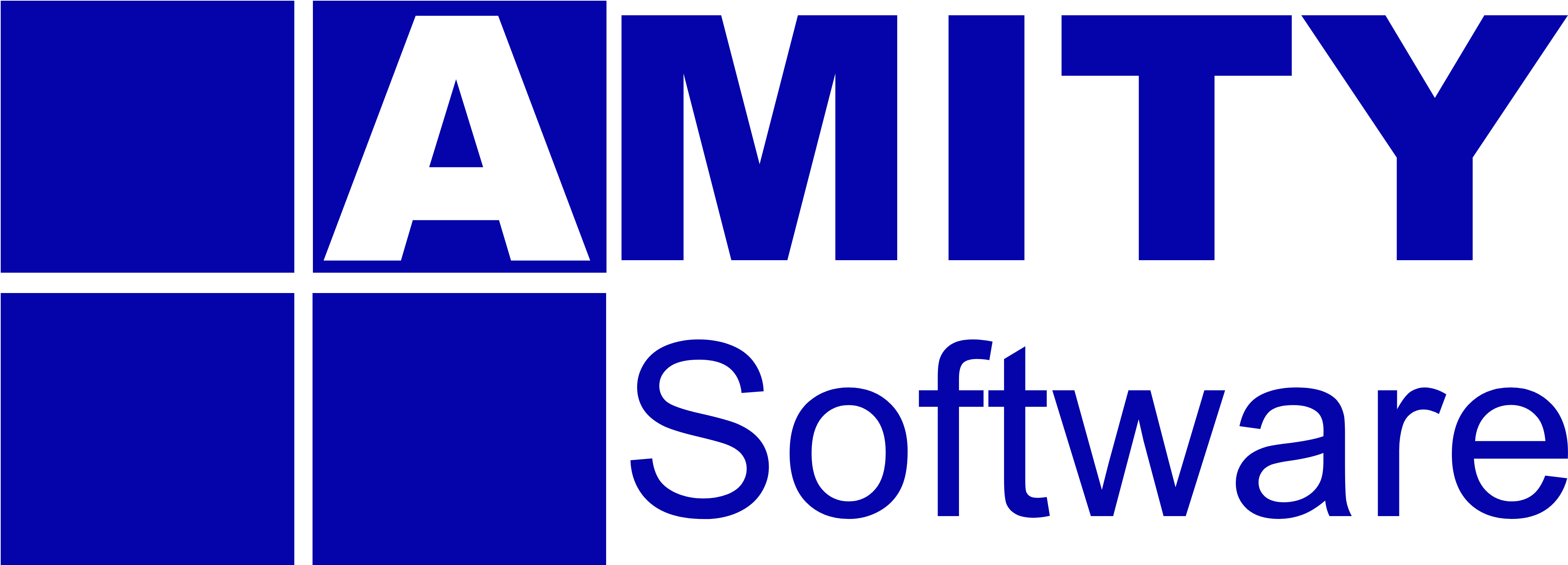Here’s How Claims Management Software Can Transform The Insurance Industry

The insurance industry is known for thriving on legacy practices. The maintenance of legacy insurance products often eats into the profits of insurance companies and leaves them looking for a cost-effective business model. The one-step solution does not exist. Instead, there is a long process that requires timely decision-making and intensive discussion. A recent study suggests that 74% of clients feel that companies do not understand their requirements, nor do their products reflect any understanding.
If your insurance business is falling behind on the times, then it might be time to automate your claims lifecycles with a robust software solution. Read further to understand what a claims transformation is and how it is made possible.
How to Improve the Customer Experience?
There are many sides to the problem of inefficient claims management. One side is claims-performance of an insurance company is central to moving ahead in the competition. Another side suggests that an insurer spends over 80% of the premium collected on claims payments or processing costs. And the third side is efficiently performing claims services puts a company on the right tracks towards a robust customer experience.
How Does Claims Transformation Work?
If your company understands that making short-term changes will not help, you are already in the right direction. Your company will need to imbibe a holistic approach. And when you implement claims management software that does the following, you come one step closer to claims transformation:
- Reduces processing costs
- Automates the claims lifecycle
- Offers end-to-end support for claims services
The benefits of having claims management software are staggering: lower operational costs, boosted internal efficiencies, customer satisfaction and loyalty, and higher profitability. But, to notice these changes, automation has to replace the legacy practices of the environment. Also, a piecemeal, quick-hit strategy approach will not work as the insurance industry is quickly changing. You will need a new “playbook” to get successful.
With a top-down approach, operational redundancies were common among claims handlers. And often claims handlers did similar tasks, and with a legacy system in practice, strong managers applied their interpretations to sound methodologies, making it challenging to repeat successful processes across the enterprise.
Conclusion
Reliable claims management software can bring flexibility and ensures your business remains independent of the rigidities of any management paradigm. It can improve resource allocation and boost efficiency across all levels of the workforce. But, it harmonizes the right mix of skill and cost. Thus, automation helps model an enterprise around its strengths and offers real-time insights into operational inefficiencies.












